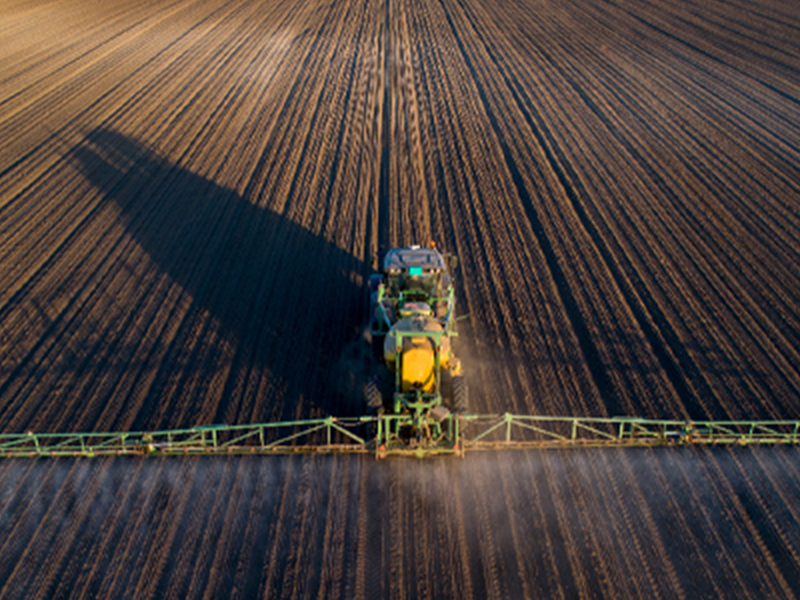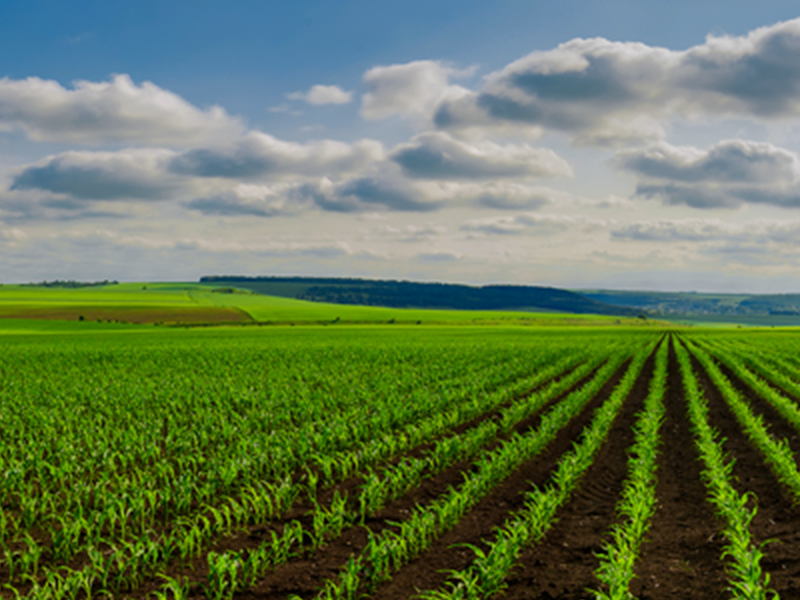From planting time to harvest, 2019 was one of the worst crop production years on record. But it’s time for producers to rip off the rearview mirror and look forward toward the opportunities in 2020.
More than 10 years ago, Ag Resource Management (ARM) pioneered the concept of forward-projecting the value of a future crop. Over time, it refined the methodology of monetizing a future income stream from a crop that’s not even planted yet. While traditional ag lenders tend to focus on balance-sheet equity by looking at land mortgages and equipment liens, ARM uses a very different operating model.
“We’re all about the crop,” says Leroy Startz, ARM director of market channel development. “We have a team of lenders in the field who work closely with the farmer in the communities where they live and farm. Our team can help the farmer look forward; we never have to look backwards.”
The Art of Looking Forward
ARM understands crop financing from the standpoint of looking at the farm’s capacity to generate a crop and monetizes the value of that crop using a well-structured crop-insurance package that might, for example, include a revenue policy. Using the farm’s records and the actual production history (APH), ARM recommends the best crop insurance policy to maximize the revenue a farmer can generate from that year’s crop under a forward-looking structure.
The proprietary model of ARM can quickly forward-project the value of a crop on the farmer’s acres. Based on the APH and the crop-insurance structure, the model optimizes revenue potential that best supports the operating budget needs of the producer.”
“Before the crop goes into the ground, we can put a value on each acre that represents a revenue opportunity, and we structure our loans around those opportunities,” he explains. “Then we discount those revenues back to a crop budget which indicates the expenses needed to produce the crop — from field prep to seed and pre-plant applications to fertilizer to pre-harvest applications. Our model works. We have proof in methodology and know how best to apply it to help farmers get the financing they need.”
Generally, ARM can find ways to enhance the value of the crop during the growing season. By periodically re-evaluating the crop, ARM can determine if there is more value, and if so, they can make more credit available to the farmer than a traditional lender may have the capacity to allow.
ARM has 33 offices in 19 states staffed with teams that work very closely with farmers and stay close to the crop during the growing year. For example, if the crop needs an unexpected application of herbicide, pesticide or fungicide, ARM stands side-by-side with farmer to help evaluate how to get it done.
Benefits Beyond Basic Lending
At ARM, the farmer gains a partner with a comprehensive understanding of crop financing and crop insurance — who also knows how to put those pieces together and create the best financing plan specifically for producing that farmer’s crop, without having to encumber land or equipment to get it done.
“Our farmers also get speed,” says Startz. “ARM’s proprietary computer model enables us to quickly assess what we can do and offer a quick response. It allows us to move away from the ‘slow no’ which often plagues farmers and leaves them scrambling to find financing. We evaluate and hammer out a financing plan quickly. With offices all over the country, we have boots on the ground close by the producers that we finance.”

 Leroy Startz has some meaningful solutions and caveats for credit crunched farmers:
Leroy Startz has some meaningful solutions and caveats for credit crunched farmers: Anyone in the field can tell you that agriculture has evolved drastically over the past 10-20 years. From equipment, to seed, to the integration of technology, every aspect of the industry has shifted to help today’s farmers be as agile, productive, and profitable as possible. However, every efficiency comes at a cost somewhere, and farmers are feeling it when it comes to credit and acquiring the capital they need to operate. This leaves a lot of farmers at a crossroads as they look for cash flow solutions. Leroy Startz, Director of Market Channel Development at Ag Resource Management, has been working with both operators and lenders for years and has some insight and solutions for today’s credit crunched operator. In this blog series, we’ll explore the changes in
Anyone in the field can tell you that agriculture has evolved drastically over the past 10-20 years. From equipment, to seed, to the integration of technology, every aspect of the industry has shifted to help today’s farmers be as agile, productive, and profitable as possible. However, every efficiency comes at a cost somewhere, and farmers are feeling it when it comes to credit and acquiring the capital they need to operate. This leaves a lot of farmers at a crossroads as they look for cash flow solutions. Leroy Startz, Director of Market Channel Development at Ag Resource Management, has been working with both operators and lenders for years and has some insight and solutions for today’s credit crunched operator. In this blog series, we’ll explore the changes in